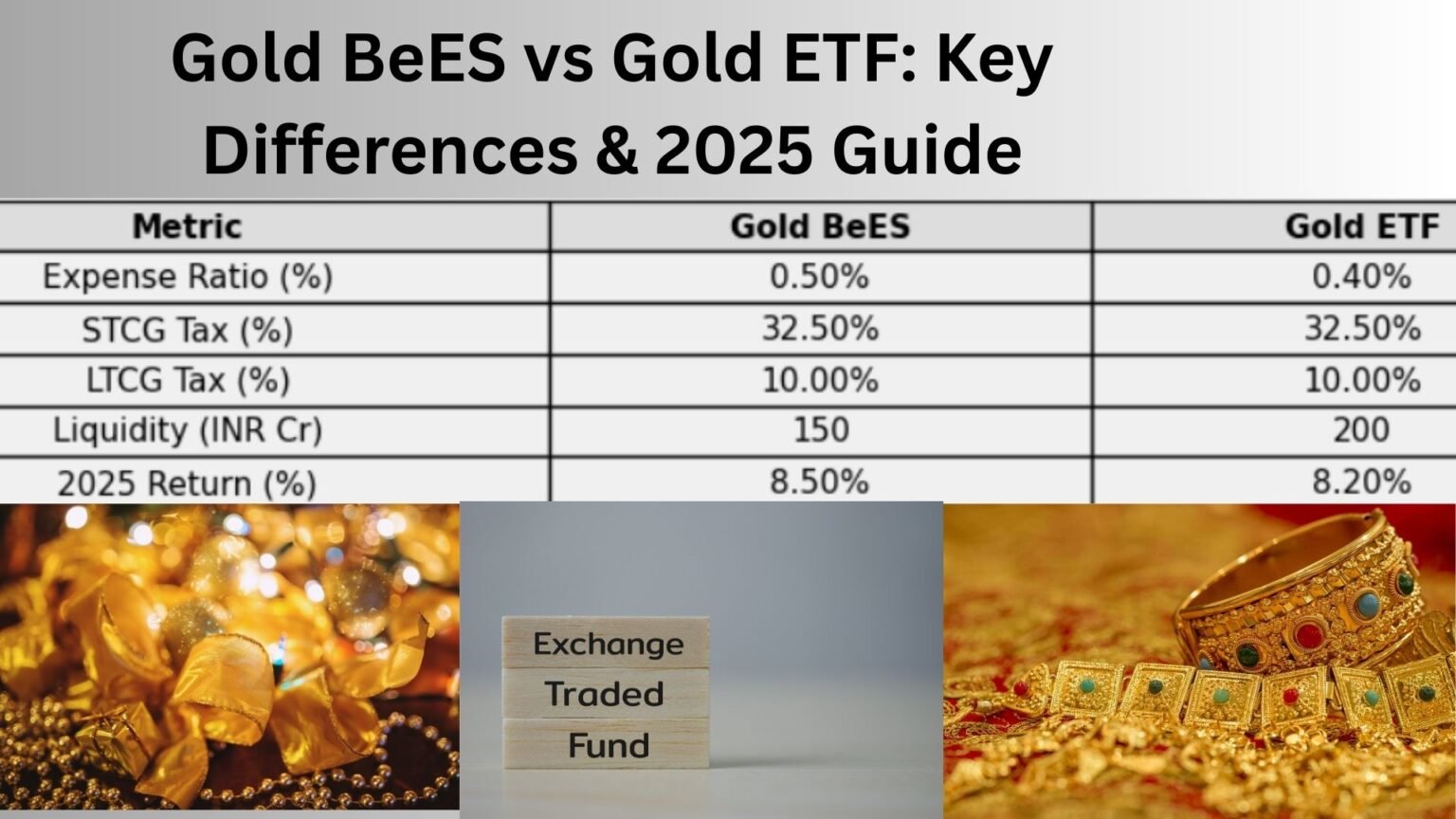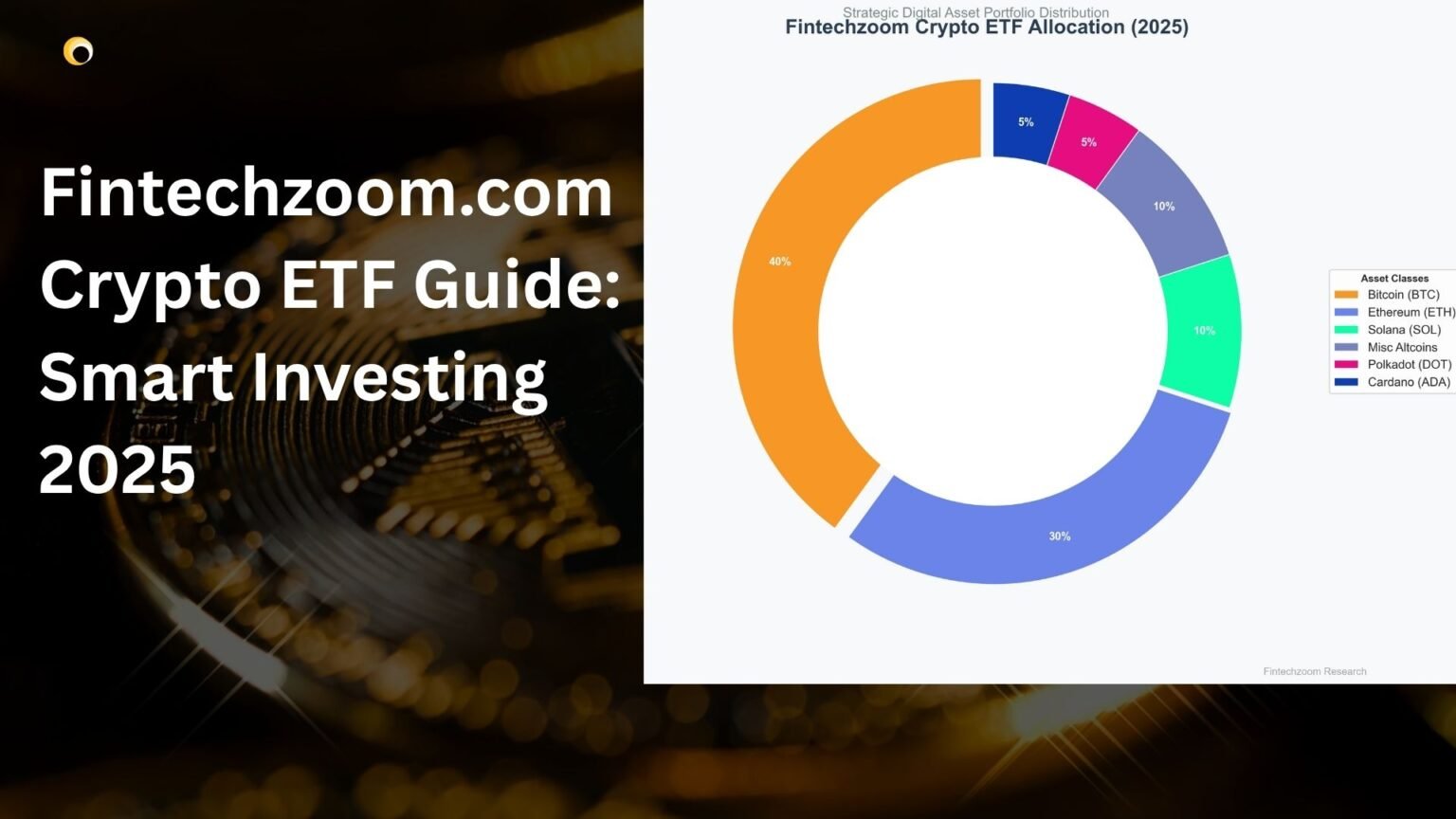Understanding Tesla Leveraged ETFs (2x and 3x)
A Tesla Leveraged ETF is designed to amplify the daily price movements of Tesla's stock (TSLA), offering investors the potential for 2x or 3x gains. However, these products are generally more suitable for short-term speculation rather than long-term holding due to factors like daily rollover, compounding, and the inherent volatility of Tesla's stock.
Beginnings
Tesla has established itself as an innovator in the electric vehicle and clean energy sectors. The company's stock is known for its volatility, which has attracted significant interest from investors. This volatility has led to the creation of specialized financial products like Tesla Leveraged ETFs. These ETFs aim to deliver magnified returns, typically 2x or 3x, based on the daily fluctuations of TSLA's stock price. It is crucial for investors to understand the mechanics of these products, including their available tickers and the risks involved, which are primarily centered around daily rebalancing and compounding effects.
What are Leveraged ETFs?
Definition
A Tesla Leveraged ETF is an exchange-traded product created to provide a multiple (e.g., +2x or +3x) of the daily movement in the price of Tesla. [1, 2] Depending on the provider and marketplace, these can be structured as ETFs or ETPs.
How they work
To achieve increased exposure, issuers utilize derivatives (such as swaps, futures, and options) and borrowing. The primary goal of the fund is to achieve a multiple of the daily return of the underlying stock, before fees are deducted. It is important to note that this is not the long-term return. This daily objective is a critical concept to grasp because holding these ETFs for extended periods can produce results that vary significantly from the multiple of the long-term return.
Daily rebalancing and its effects
To maintain the target leverage, each product is rebalanced on a daily basis. [21] Over several days, this leads to what is known as path-dependent compounding, which can enhance gains in trending markets but diminish value in volatile or mean-reverting markets. [9, 27] Because of this, leveraged ETFs are best suited for daily trading as opposed to longer-term investment strategies.
Advantages and Disadvantages of Investing in Leveraged ETFs
Benefits
- Increased returns potential: In a strong, short-term bull run for TSLA, a Tesla Leveraged ETF can amplify gains (2x or 3x) compared to simply holding the stock.
- They can be bought and sold on exchanges just like stocks, and in most cases, investors do not need a margin account to purchase them.
Disadvantages
- Greater risk & volatility: The amplified movements are a double-edged sword. Downside losses can escalate quickly in downtrends. [3]
- Compounding drag: Volatility decay can lead to a long-term lag in performance, even if Tesla's stock ends the period flat. [16, 23]
- Higher costs and tracking error: The fees associated with derivatives and active rebalancing can reduce returns relative to the underlying stock.
Overview of Tesla (TSLA) Leveraged ETFs
Typical features:
Single-stock leveraged funds for Tesla typically:
- Aim for a daily multiple (like +2x, +3x).
- Use derivatives to gain exposure.
- Are not diversified, meaning the full risk is tied to a single company.
Product structure and availability:
The ticker names and issuers vary by country and exchange. Some are listed in the US, while others are traded offshore with different share classes and currencies. It is always recommended to confirm the exact ticker and prospectus with your broker.
| Leverage | Fund Type | Key Characteristics |
|---|---|---|
| 2x | Bull ETF | Aims to deliver twice the daily return of TSLA. It is less risky than a 3x fund but still carries significant risk in volatile markets. |
| 3x | Bull ETF | Seeks to provide three times the daily return of TSLA, offering the highest potential for gains and the greatest risk of loss. It is intended for experienced traders only. |
2x TSLA Funds
Introduction
A 2x ETF for Tesla is designed to provide twice the daily return of TSLA. While moderately less risky than 3x funds, these products are still significantly risky in volatile market conditions.
Important examples and facts
Several 2x single-stock leveraged products are specifically designed to offer daily 2x exposure to TSLA. Each product varies by issuer, expense ratio, liquidity, and the exchange it is traded on. For details such as AUM, fees, and normalized performance, it is advisable to consult the fund's factsheet.
Historical performance considerations
2x funds amplify both gains and losses. [10] Over weeks and months, the effects of compounding can lead to results that are very different from simply twice the initial investment. They have the potential to perform better in robust markets, but in volatile markets, they may underperform or lose value.
Planned
- Short-term trading: These are suitable for day trades or multi-day swing trades, often in conjunction with catalysts such as earnings reports, delivery numbers, or macroeconomic news.
- Risk management: It is crucial to use hard stop-losses, limit position sizes, and have a fixed time frame for each trade. Hedging with options can also be considered for tail risk protection.
3x TSLA Funds
Introduction
A 3x ETF for Tesla is a fund that aims to achieve three times the daily return of TSLA, offering the maximum potential for gains as well as the maximum risk of loss. These are recommended for experienced traders only.
Important examples and details
There are 3x single-stock ETPs available on certain exchanges. They generally have higher expense ratios and greater intraday volatility. The liquidity and iNAV transparency can also vary depending on the listing.
Historical performance considerations
Due to daily rebalancing, 3x funds can show significant performance variations compared to the underlying stock over just a few days. [15, 18] While they may perform exceptionally well during extended rallies, they can devalue quickly in flat or volatile markets.
Blueprints
- Intended for very short-term directional betting (from hours up to a few days).
- It is not recommended to hold these funds through major events like earnings announcements unless you have a specific hedging plan in place. Discipline in market timing is of utmost importance.
Risks and Considerations
- Tesla volatility: TSLA has historically exhibited higher volatility than most large-cap stocks, which translates to greater upside and downside risk for any Tesla Leveraged ETF.
- Compounding / path dependence: Over multiple days, the returns are dependent on the path taken by the stock and can differ significantly from what one might expect based on the total underlying return. [9, 27, 28]
- Tail risks and liquidity: Single-stock leveraged products are exposed to specific company risks. Liquidity in some specialized ETPs may be low, and wider spreads can increase execution costs.
- Active management needed: These are not passive investments but rather trading tools. It is essential to constantly monitor positions and be prepared to close or rebalance them.
Investors Who Should Invest in TSLA Leveraged ETFs
Appropriate investor profile
- Traders who are knowledgeable about compounding, derivatives, and leverage.
- Investors with a clear near-term plan, strict risk-management principles, and the ability to actively monitor their investments.
Not appropriate for
- Long-term buy-and-hold investors, retirees, or passive investors who are unable to actively manage their positions.
Choices for sensitive investors
- Non-leveraged exposure to Tesla through regular ETFs or direct stock ownership.
- Sector or thematic leveraged ETFs for those who prefer diversification across multiple stocks.
- Options strategies (such as call/put spreads) to express leveraged views with defined risk.
Conclusion
Tesla 2x/3x Leveraged ETFs are powerful instruments that can significantly boost short-term gains – and losses. It is imperative to understand the product, including its symbol, issuer, daily objective, costs, and how it behaves over time before buying or selling. Applying strict position sizing, stop-loss orders, and a definitive time frame is crucial. If in doubt, consulting a qualified financial advisor is recommended. Leveraged ETPs are complex and require close monitoring.






